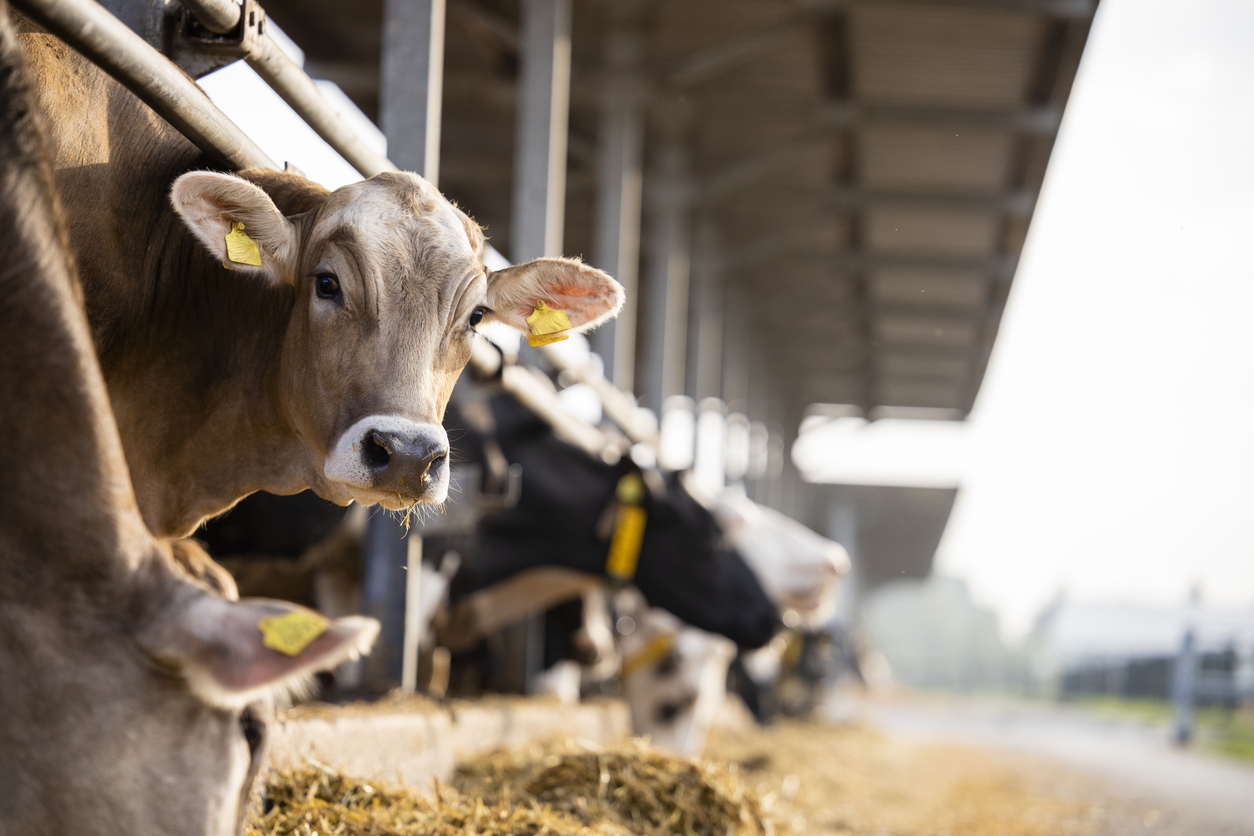
Last week, the U.S. Department of Agriculture issued a federal order requiring raw (unpasteurized) milk samples from across the nation to be tested for highly pathogenic avian influenza (HPAI) H5N1, commonly known as bird flu. According to NPR, “the virus has spread to over 710 dairy herds across 15 states, with California reporting the highest number of infections.”
Meanwhile America’s leading research universities have been hard at work testing herds and flocks in their states and searching for answers about how the virus spreads, how it can be controlled, and what can be done to treat infections in both animals and humans. Here are just a few examples of the important work research universities are doing to support efforts to protect communities nationwide from this emerging threat:
-
In August, the University of Florida’s Emerging Pathogens Institute (EPI) brought together a working group of “clinicians, epidemiologists, veterinarians, and animal health experts” to research bird flu and to help Florida prepare for potential outbreaks. According to the university, the institute “houses the only laboratory in the state with the trained experts and infrastructure necessary for in-depth studies of the H5N1 virus.” EPI Director J. Glenn Morris said that the institute has “the capacity to do world-class science and address some of the key issues related to H5N1 within a Florida context.”
-
Michigan State University’s Veterinary Diagnostic Lab is Michigan’s official testing lab for bird flu and is playing a key role in researching the virus. “We need to be able to get a better understanding of how the virus is getting spread from cow to cow and, more importantly, from herd to herd,” said Lab Director Kim Dodd. “Because once we understand that, we’ll better be able to put in new mitigations to reduce that spread,” she added. Earlier this year, the university also announced a new research project to study the virus, including how it is transmitted and how its effects can be mitigated.
-
Researchers at the University of Pennsylvania are working on a new bird flu vaccine that is “highly effective in preventing severe illness and death in preclinical models.” The vaccine uses the same mRNA technology behind several successful COVID-19 vaccines. Researchers tested the vaccine on mice and ferrets and found that it elicited a strong immune response. “COVID-19 showed us the power of mRNA-based vaccines as tools to protect humans from emerging viruses quickly, and we are better prepared now to respond to a variety of viruses with pandemic potential, including influenza,” said Penn Medicine Director of Vaccine Research and 2023 Nobel Prize winner Drew Weissman.
-
Cornell University’s Animal Health Diagnostic Center has tripled its capacity to test animals for bird flu since the virus was first discovered in livestock. University researchers sequenced the virus found in Texas cows in March to determine “why it jumped to cows and how future outbreaks may be prevented.” The university is also working with the U.S. Food and Drug Administration on various studies to assure the safety of dairy products. These include looking into how the virus responds to “various time and temperature combinations outside of standard pasteurization parameters;” the “raw milk cheese manufacturing process,” and “practical disposal measures for raw milk waste.”
America’s leading research universities were at the forefront of the battle against COVID-19 and are now again, through partnerships with federal, state, and local governments, doing crucial work to confront the challenge of bird flu.
Kritika Agarwal is senior editorial officer at AAU.